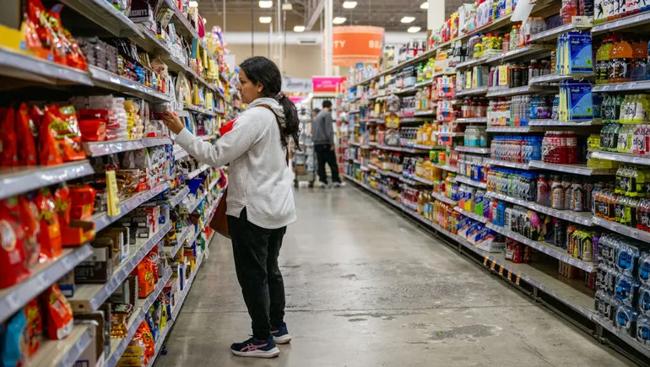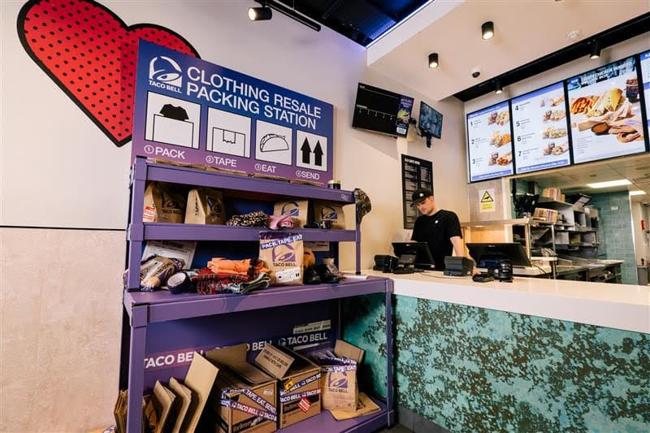Summary
A newly launched index from Numerator aims to assist brands and retailers with tracking how at-risk essential product categories are to ever-changing tariff scenarios.
Source: Grocery Dive

AI News Q&A (Free Content)
Q1: How does the newly launched Numerator index aim to assess the risk of grocery staples to tariffs?
A1: The Numerator index provides brands and retailers with data-driven insights on how essential grocery categories are exposed to shifting tariff scenarios. By analyzing product categories and their supply chain dependencies, the index enables stakeholders to predict and mitigate potential pricing impacts due to tariffs, helping them adapt inventory, pricing, and sourcing strategies more proactively.
Q2: What have been the historical effects of tariffs on grocery staples and retail prices in the United States?
A2: Historically, tariffs on imported goods have led to increased costs for grocery staples, often resulting in higher retail prices for consumers. For example, tariffs imposed on products like steel, aluminum, or agricultural imports can increase production and transportation costs, which are then passed down the supply chain to retailers and ultimately to shoppers. This can contribute to overall inflation in grocery prices, affecting affordability for consumers.
Q3: What technological innovations are being implemented in grocery delivery and tracking to address supply chain risks?
A3: Recent technological innovations include vision-based automatic grocery tracking systems for smart homes, which combine retail shelving data, household inventory, and real-time analytics to automate ordering and reduce disruptions. These systems leverage AI to predict consumer needs, track usage, and integrate with supply chain information, offering improved resilience against supply shocks, including those caused by tariffs.
Q4: How do tariffs disrupt supply chains for grocery staples according to recent scholarly research?
A4: Scholarly research using augmented intelligence and graph neural networks has shown that tariffs disrupt established supplier and customer networks, causing companies to reassess and sometimes change their supply chains. This can result in delays, increased costs, and a need for discovering alternative suppliers, which directly impacts the availability and pricing of grocery staples for retailers and consumers.
Q5: What impact do fluctuating tariffs have on inventory management and food waste in grocery stores?
A5: Fluctuating tariffs add uncertainty to inventory management, making it challenging for retailers to predict future costs and demand. Advanced reinforcement learning models have demonstrated that this uncertainty can increase both the risk of stockouts and overordering, leading to higher instances of food waste or missed sales opportunities. Optimizing restocking strategies in the face of tariff instability is key to balancing sales maximization and waste reduction.
Q6: How does the use of high-fructose corn syrup in grocery staples relate to tariff policies and supply chain decisions?
A6: High-fructose corn syrup (HFCS), widely used as a sweetener in grocery staples, is often favored over imported sugar because it is less affected by sugar tariffs and quotas. This economic incentive has led to increased domestic production and utilization of HFCS in processed foods and beverages, illustrating how tariff policies can shape ingredient choices and supply chain configurations in the grocery sector.
Q7: What strategies are leading retailers deploying to reduce tariff risk and ensure stable grocery delivery to consumers?
A7: Leading retailers are diversifying their supplier base, investing in supply chain transparency, and adopting advanced tracking and forecasting technologies. By monitoring tariff developments and using predictive analytics, they can swiftly adjust sourcing and inventory plans. Automation and AI-driven systems are also being used to optimize logistics and minimize the impact of sudden tariff changes on grocery delivery.
References:
- Numerator launches Grocery Tariff Risk Index to track essential product categories’ exposure to tariffs: https://www.numerator.com/resources/blog/grocery-tariff-risk-index/", "High-fructose corn syrup - Wikipedia: https://en.wikipedia.org/wiki/High-fructose_corn_syrup





